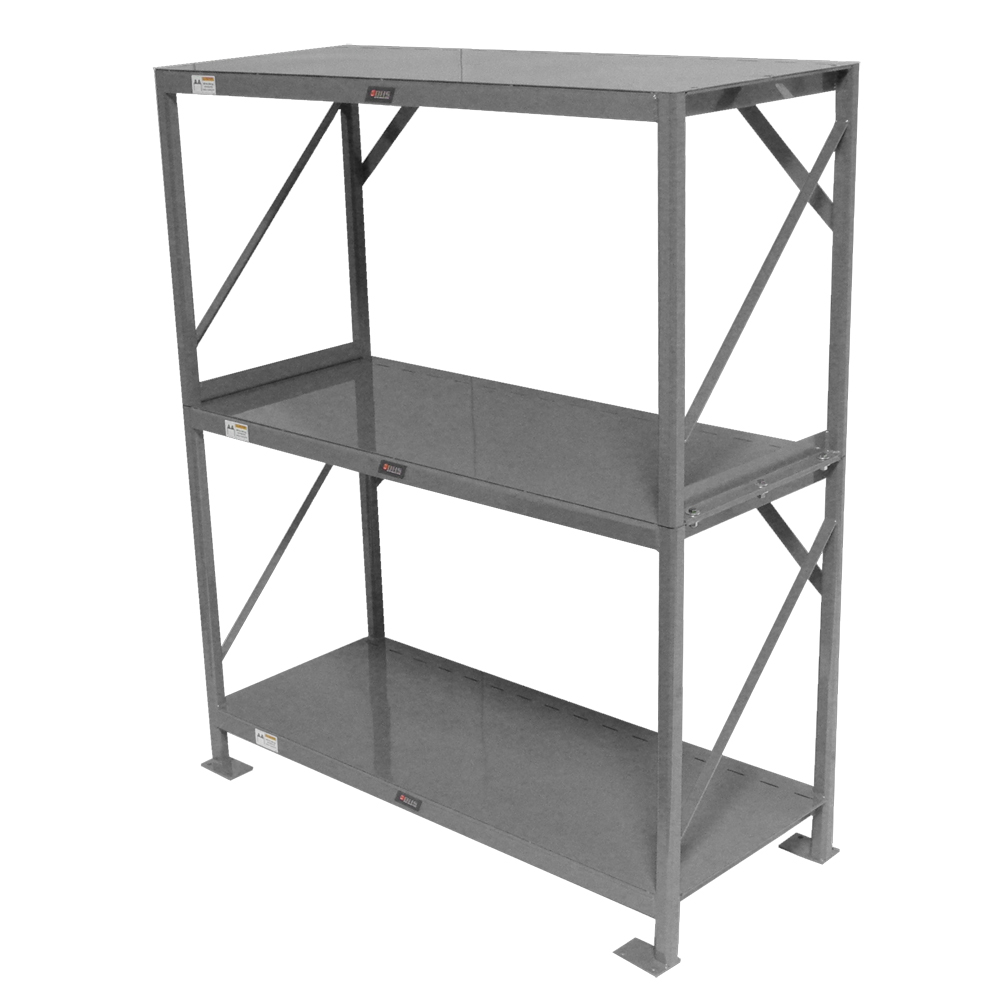We use cookies to make your experience better. To comply with the new e-Privacy directive, we need to ask for your consent to set the cookies. Learn more.
RMI Standards for Warehouse Shelving
September 12, 2016
|
Categories: Blog
Very few warehouse managers like to dive into the technical standards that cover industrial shelving. Not only are those specifications expensive, but they can also be a little hard to follow.
The fact is, equipment standards weren't written for consumers. They exist to help manufacturers first, and the engineering specifications contained in the codes are written accordingly. At the same time, before buying, savvy consumers should definitely know a thing or two about the standards manufacturers must meet.
Here's a quick and dirty overview of U.S. recommendations for warehouse storage installations. It’s by no means comprehensive, and it certainly shouldn’t be considered legal advice. Still, if you look for shelving that meets these criteria, you should have no problem complying with all ANSI/RMI standards for industrial steel racks:
1. START WITH STEEL
- The American National Standards Institute (ANSI) works with the Rack Manufacturer's Institute (RMI) to create common guidelines for manufacturers of racking. Almost all of those standards only consider steel racks. If you encounter industrial shelving made of anything else, it might not have been studied by the experts.2. CHECK THE CONNECTION
- The 2008 RMI Specification for the Design, Testing, and Utilization of Industrial Steel Storage Racks requires a strong bond between columns and beams in shelving systems. (Note that this standard was updated in 2012, and may have changed these limits in the newest edition).According to the 2008 standards, fixed beams must be connected to columns in such a way that they can resist 1,000 pounds of upward force without failing.
3. WATCH OUT FOR SAGGING SHELVES
- There's an engineering term for shelves that sag under the weight of their loads: it's called "deflection."The 2008 RMI standards measure deflection as an angle, and they set the safe limit at 1/180 of the span as it stands at the ends of the beams.
4. CONSIDER THE SEISMIC RISK
- The ANSI/RMI specifications are very particular about earthquake resistance, and a range of unique characteristics at your site may lead to different design requirements. Check your local building codes to see if you require provisions for earthquake resistance. If you do, you'll need to make sure that your storage racks are positioned so as to avoid excessive damage, even if they tumble during a strong earthquake.
